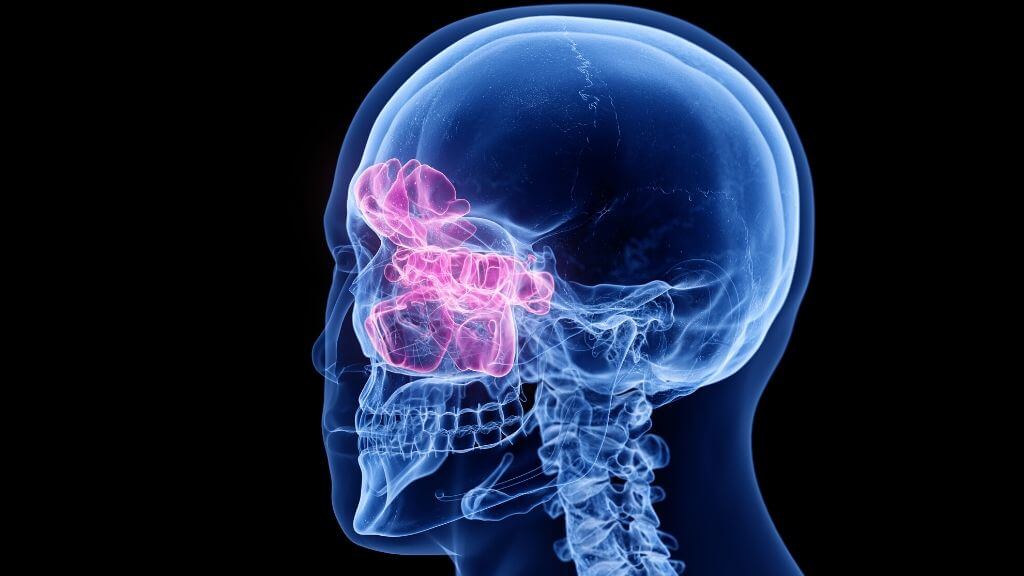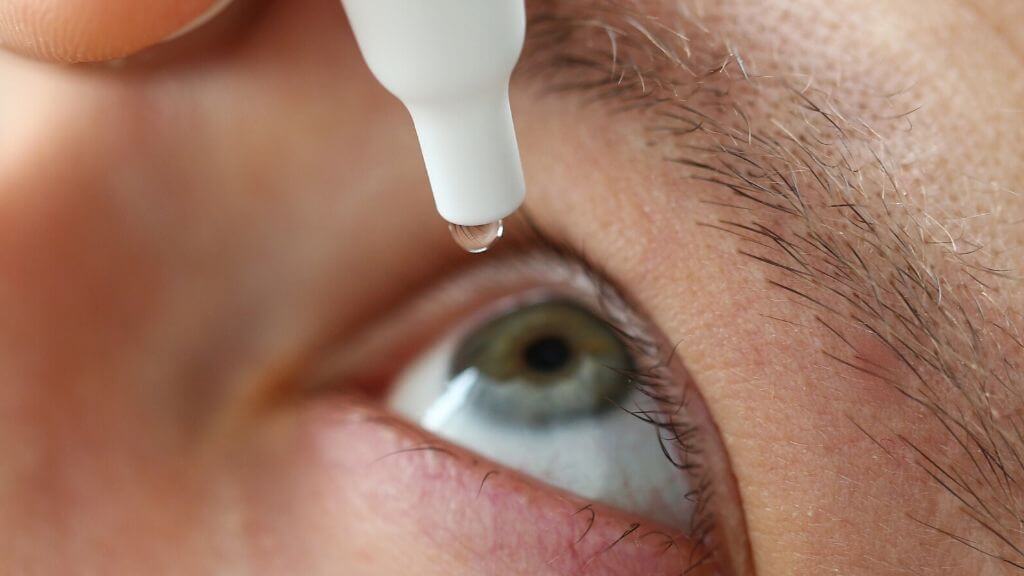Eye pain, or ophthalmalgia, is more common than you may realize. It is not often associated with a serious problem, but it can be. In most cases, eye pain can be relieved with medications and treatment.
Eye pain is classified into two categories, ocular and orbital pain. The classification depends on the location of the pain. Ocular pain occurs on the surface of the eye, while orbital pain is within the eye.
Symptoms of Eye Pain
♦ Ocular eye pain occurs at the surface and can include itching, burning, or scratching sensations.
♦ Orbital eye pain occurs deeper within the eye and can feel achy or gritty. Orbital pain can also present as a stabbing or throbbing pain. This type of eye pain requires more in-depth diagnostic testing and treatment.
♦ Eye pain that is accompanied by vision loss is a medical emergency, and you must call your doctor immediately.
Causes of Eye Pain
Most causes of eye pain are not serious and can be treated with mild treatments. The most common causes of eye pain include:
♦ Allergies: Seasonal allergies affect your eyes as well as the respiratory system. Eyes can become itchy, watery, and swollen until allergy medication relieves the inflammation.
♦ Contact lens issues: Contact lenses that have not been appropriately disinfected or are left overnight can cause irritation and pain.
♦ Corneal abrasion: A scratch to the eye causes pain and is often caused by a foreign object getting in the eye. The irritant needs to be removed for the pain to be relieved.
♦ Foreign object: Having something in your eye is the most common cause of eye pain. Dirt and eyelashes are especially common and can cause redness, tearing, and pain.
♦ Infection: An infection in the eyelid, blepharitis, causes inflammation and pain. In some cases, a bump (stye) can develop, which is very painful and tender to touch.
♦ Injury: Flash burns and chemicals can cause eye pain. Exposure to irritants like bleach and intense light from the sun or tanning booths are the most common causes of eye injury.
♦ Sinusitis: A sinus infection increases pressure to build behind the eyes, causing pain in one or both eyes.

Diseases Associated with Eye Pain
There are also underlying conditions that are known to cause eye pain. In these cases, eye pain can be relieved with a mild treatment, but it will recur until the underlying condition is treated.
♦ Glaucoma: Glaucoma is one of the most common eye diseases known to cause eye pain. When the pressure inside the eye increases, the optic nerve is compressed, and vision is impaired. The increased pressure causes pain as well as nausea and a loss of vision. A sudden increase in pressure and pain, known as acute angle-closure glaucoma, is a medical emergency that needs treatment to prevent permanent vision loss.
♦ Conjunctivitis: Also known as pink eye, conjunctivitis causes eye redness and pain. The conjunctiva is the tissue lining the front of the eye and underside of the eyelid. Allergies and bacterial infection can cause this to become inflamed. The eye becomes red, itchy, and painful.
♦ Dry eyes: Dry eye is a common condition among older adults. The eyes are no longer able to produce moisture. As a result, eyes become painful, red, inflamed, and sensitive to light.
♦ Scleritis: Scleritis is characterized by severe inflammation deep within the eye. Pain, sensitivity to light, tenderness, and reduced visual acuity are symptoms of this condition. Without treatment, scleritis can lead to permanent vision loss.
♦ Optic neuritis: Autoimmune diseases and viral infections can cause the optic nerve to become inflamed. This verve connects the eye to the brain. This inflammation causes eye pain and a loss of vision.

Diagnosing Eye Pain
Your doctor will perform a few tests to identify the cause of your eye pain.
♦ A slit-lamp exam uses a bright light to look at the structures of your eye
♦ Dilating drops to expand the pupil to allow the doctor to see deep within the eye
♦ A tonometer measures eye pressure to identify glaucoma.
Eye Pain Treatment
Treatment for eye pain depends on the cause of the pain. Eye drops are typically used for flushing out dirt and relieving pain and redness. Most eye pain will fade on its own or go away with mild treatment.
When an underlying disease or condition is the cause of pain, treatment is required. Treatment will not only ease the pain but can treat the condition before more serious damage occurs.
The most common treatment for mild eye pain include:
♦ Rest: Reduce eye strain by giving your eyes a break from screens
♦ Glasses: Contact lenses can cause eye pain, especially when not properly cleaned. If you get frequent pain from your lenses, it may be time to switch to glasses.
♦ Flushing: Saline solution or eye drops can flush irritants from the eye and soothe the pain.
♦ Medications: Antibiotics will clear any infection causing pain, and antihistamines can relieve the itching pain of allergies. Medications to reduce inflammation can also help with pain, swelling, and redness.
If there is an underlying condition causing the eye pain, it needs to be appropriately treated to reduce symptoms. Surgery is an option for serious diseases such as glaucoma and macular degeneration.

Natural Treatment for Eye Pain
The most common causes of eye pain are glaucoma and inflammation related to dryness and infections. In addition to the at-home remedies above, you can add natural supplements to reduce inflammation and pain. These natural ingredients are essential for eye health and can reduce the risk of age-related diseases too.
♦ Lyc-O-Mato® is a mixture of the plant compounds lycopene, tocopherols, and phytosterols, and are beneficial for the eyes. They reduce blood pressure that can cause damage and inflammation.
Inflammation and oxidative stress can cause more than pain. Over time, the risk for macular degeneration and vision loss increases. Protecting your eyes with Lyc-O-Mato® significantly reduces this risk.
♦ OptiLut® is a clinically proven formula containing lutein and zeaxanthin. These two carotenoids are found naturally in the eye and provide essential protection. They accumulate in the retina, which is responsible for receiving light and transmitting signals to the brain.
Blue light from screens is a threat to retinal health and increases the risk of macular degeneration. OptiLut® provides the two key eye carotenoids that can prevent this damage and pain.
♦ Tocopherols are an optimized version of vitamin E. Vitamin E has long been associated with eye health, and this highly absorbable form protects against oxidative stress. Cataracts and macular degeneration are associated with oxidative stress and can cause severe eye pain. Tocopherols stimulate the production of the natural enzymes in the eye and provides protection.
How to Prevent Eye Pain
Preventing eye pain starts with prevention. When an underlying condition is the cause of your eye pain, you need to seek medical treatment. In other cases, you can do the following things to reduce the risk of injury and pain to the eye.
♦ Reducing eye strain by taking breaks from your computer
♦ Use appropriate lighting
♦ Wear sunglasses outdoors to protect against UV damage
♦ Get regular eye examinations
When to See Your Doctor
Eye pain can be an emergency. If you are experiencing any of the symptoms below in addition to eye pain, seek immediate medical attention.
♦ Severe eye pain from chemical or light exposure
♦ Pain made worse by touching the eye
♦ Sudden vision changes
♦ Vision loss
♦ Abdominal pain
More severe pain or eye pain accompanied by other symptoms can be a sign of a medical emergency. You should also see your doctor if any eye pain does not go away after a few days. Certain conditions like glaucoma can lead to vision loss if not treated. With prompt treatment, most cases of eye pain can be relieved.






